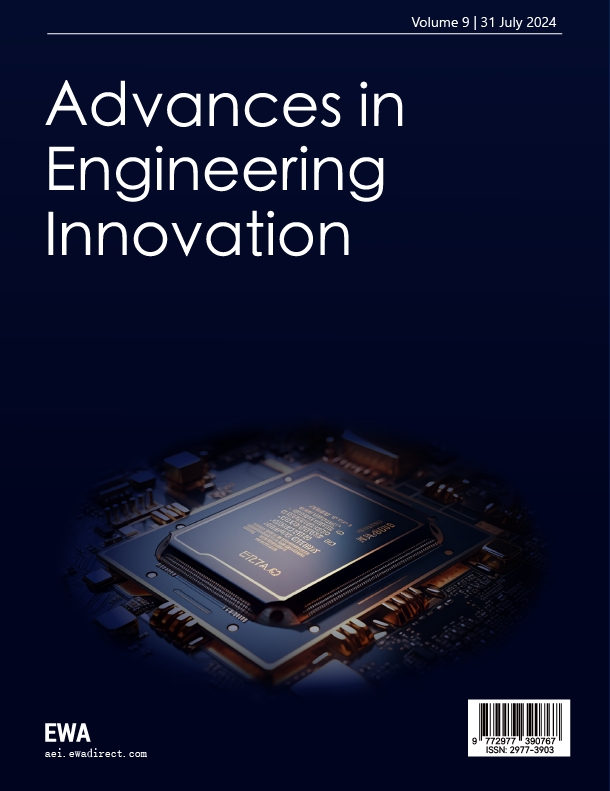References
[1]. Li, C. (2017). Research on human–computer interaction technology in virtual reality systems (Master’s thesis). Zhejiang University, Hangzhou, China.
[2]. Feng, X. (2022). Challenges and countermeasure suggestions for the development of virtual digital humans under the background of the metaverse.Cultural Industry, (36), 19–21.
[3]. Wang, J. (2023). Research on the application of virtual digital human technology in the field of media.Modern Television Technology, (4), 102–105.
[4]. Hu, X. (2005). Theoretical research on 3D animation and virtual reality technology (Doctoral dissertation). Wuhan University, Wuhan, China.
[5]. Sharma, S., Verma, S., Kumar, M., et al. (2019). Use of motion capture in 3D animation: Motion capture systems, challenges, and recent trends. In 2019 International Conference on Machine Learning, Big Data, Cloud and Parallel Computing (COMITCon) (pp. 289–294). Faridabad, India: IEEE. https: //doi.org/10.1109/COMITCon.2019.8862448
[6]. Zhao, Z., Liu, F., Cai, Z., et al. (2018). Edge computing: Platforms, applications, and challenges.Journal of Computer Research and Development, 55(2), 327–337.
[7]. Maji, D., Nagori, S., Mathew, M., et al. (2022, April 14). YOLO-Pose: Enhancing YOLO for multi-person pose estimation using object keypoint similarity loss [Preprint]. arXiv. https: //arxiv.org/abs/2204.06806
[8]. Khanam, R., & Hussain, M. (2024, October 23). YOLOv11: An overview of the key architectural enhancements [Preprint]. arXiv. https: //arxiv.org/abs/2410.17725
[9]. Zhang, F., Bazarevsky, V., Vakunov, A., et al. (2020, June 18). MediaPipe Hands: On-device real-time hand tracking [Preprint]. arXiv. https: //arxiv.org/abs/2006.10214



